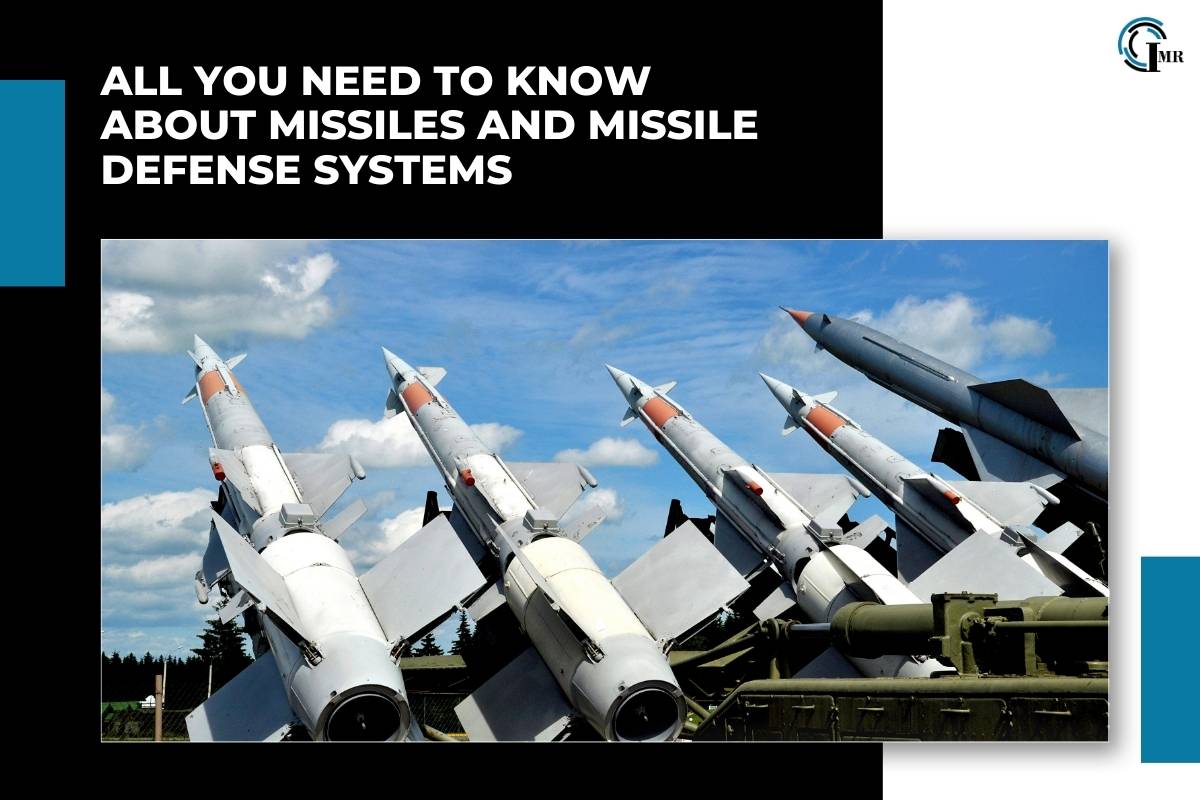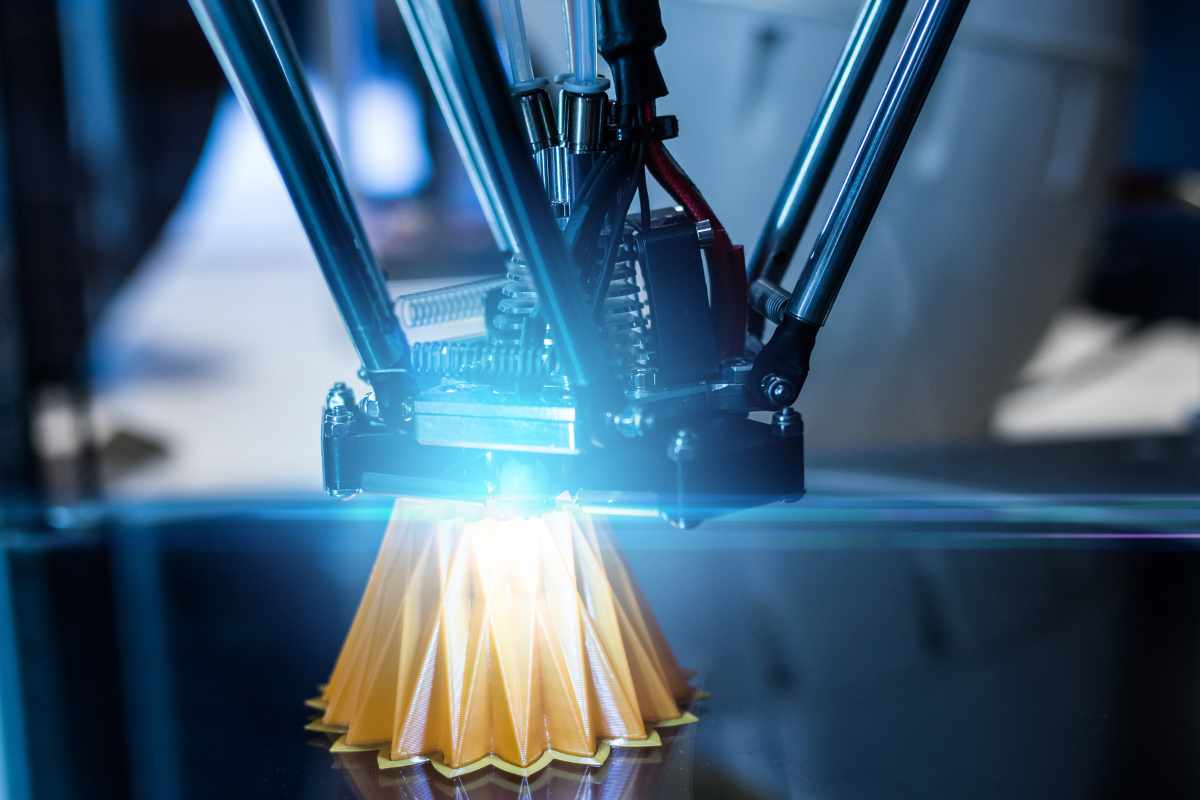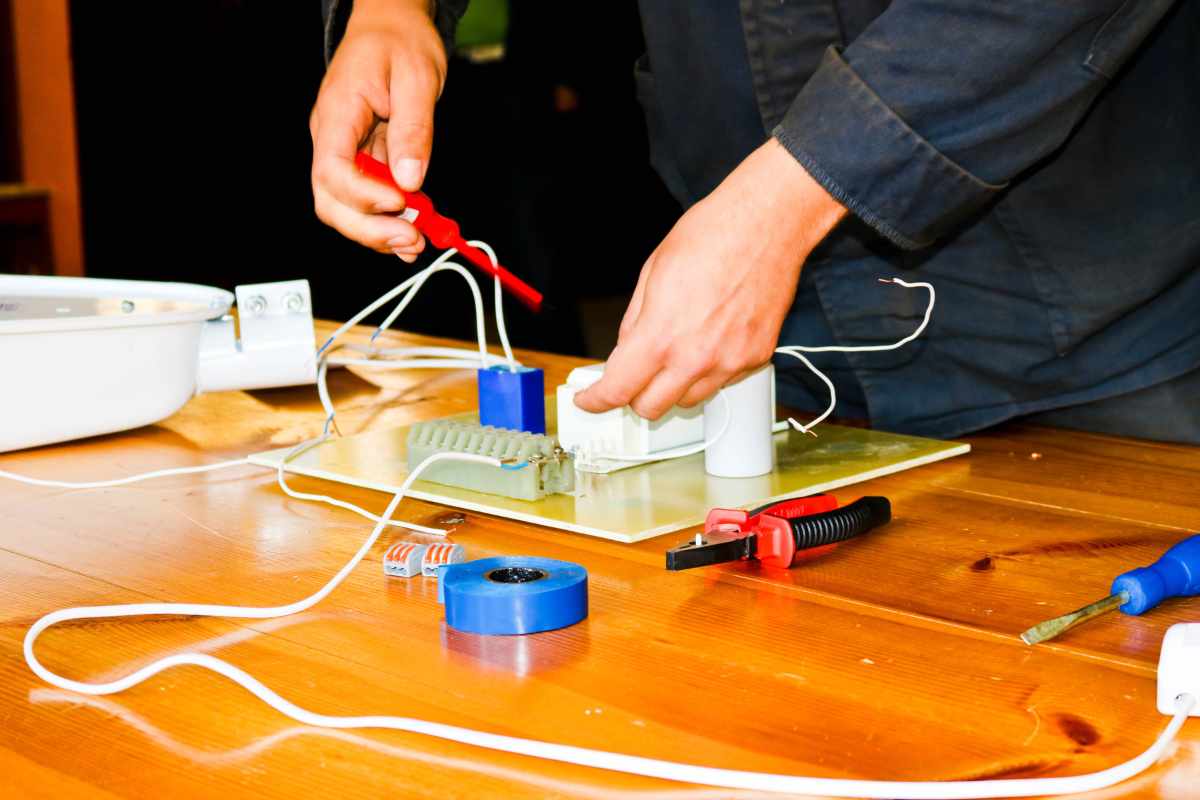Missiles have played a crucial role in military strategy and defense since their inception. Their development marked a significant shift in warfare, bringing about new levels of precision, range, and destructive power. Alongside the advancement of offensive missile capabilities, the evolution of missile defense systems has been equally important, aiming to protect nations from potential missile threats. This article delves into the history, technology, and strategic importance of missiles and missile defense systems, highlighting their impact on global security.
The Evolution of Missiles and Missile Defense Systems
Missiles, defined as guided self-propelled weapons, have a long and varied history. The concept dates back to ancient times when projectiles like arrows and spears were used in combat. However, the modern era of missiles began during World War II with the development of the German V-2 rocket. This ballistic missile was the first long-range guided missile, marking a significant technological breakthrough.
Post-World War II saw rapid advancements in missile technology, driven primarily by the Cold War arms race between the United States and the Soviet Union. Both superpowers invested heavily in developing a wide array of missiles, including intercontinental ballistic missiles (ICBMs), submarine-launched ballistic missiles (SLBMs), and various tactical and strategic missiles.
Types of Missiles and Missile Defense Systems
Missiles can be broadly classified into several categories based on their range, launch platform, and intended target. The main types include:
Ballistic Missiles: These missiles follow a parabolic trajectory and are powered only for a brief initial period. They include ICBMs, which have ranges exceeding 5,500 kilometers, and short- to medium-range ballistic missiles (SRBMs and MRBMs).
Cruise Missiles: Unlike ballistic Missiles and Missile Defense Systems, cruise missiles are powered throughout their flight and maintain a low, level trajectory. They can be launched from land, sea, or air platforms and are designed to deliver precision strikes over long distances.
Anti-Ship Missiles: These are designed to target and destroy enemy ships. They can be launched from aircraft, ships, or submarines.
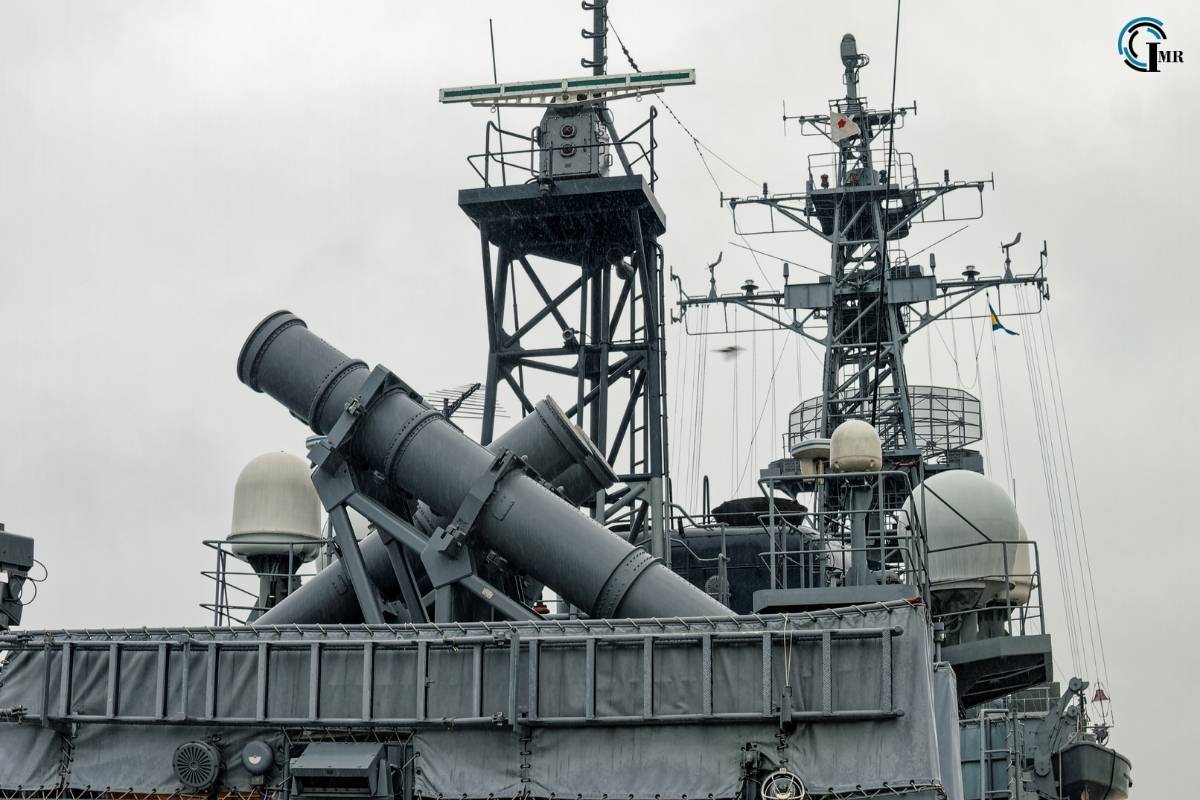
Surface-to-Air Missiles (SAMs): SAMs are designed to intercept and destroy incoming aircraft or other missiles. They play a crucial role in air defense systems.
Air-to-Air Missiles: These are launched from aircraft to engage and destroy enemy aircraft.
Missile Guidance Systems
The effectiveness of a Missiles and Missile Defense Systems largely depend on its guidance system, which ensures the weapon accurately reaches its intended target. Various guidance systems have been developed, including:
Inertial Guidance: This system uses gyroscopes and accelerometers to track the missile’s position and velocity, allowing it to follow a pre-programmed path.
GPS Guidance: Modern missiles often use the Global Positioning System (GPS) to improve accuracy, providing real-time location data throughout the flight.
Infrared Homing: This guidance system detects and homes in on the heat emitted by targets, commonly used in air-to-air and surface-to-air missiles.
Laser Guidance: In this system, the target is illuminated with a laser, and the missile follows the reflected laser light to the target.
Radar Guidance: Missiles can also be guided using radar signals, either by tracking the target’s reflected radar signals or by following radar signals emitted by the launch platform.
Missile Defense Systems
The development of Missiles and Missile Defense Systems have been a critical aspect of modern military strategy, aimed at neutralizing the threat posed by offensive missiles. These systems employ a combination of detection, tracking, interception, and destruction technologies to protect against missile attacks. The main components of missile defense systems include:
Early Warning Systems: These systems use satellites, radar, and other sensors to detect the launch of enemy missiles. Early detection is crucial for timely interception.
Tracking Systems: Once a missile is detected, tracking systems continuously monitor its trajectory to predict its impact point and guide interceptors to the target.
Interceptors: Interceptors are missiles designed to destroy incoming threats. They can be launched from ground-based platforms, ships, or aircraft. There are two main types of interceptors:
Endo-atmospheric Interceptors: These interceptors engage targets within the Earth’s atmosphere, typically at lower altitudes and speeds.
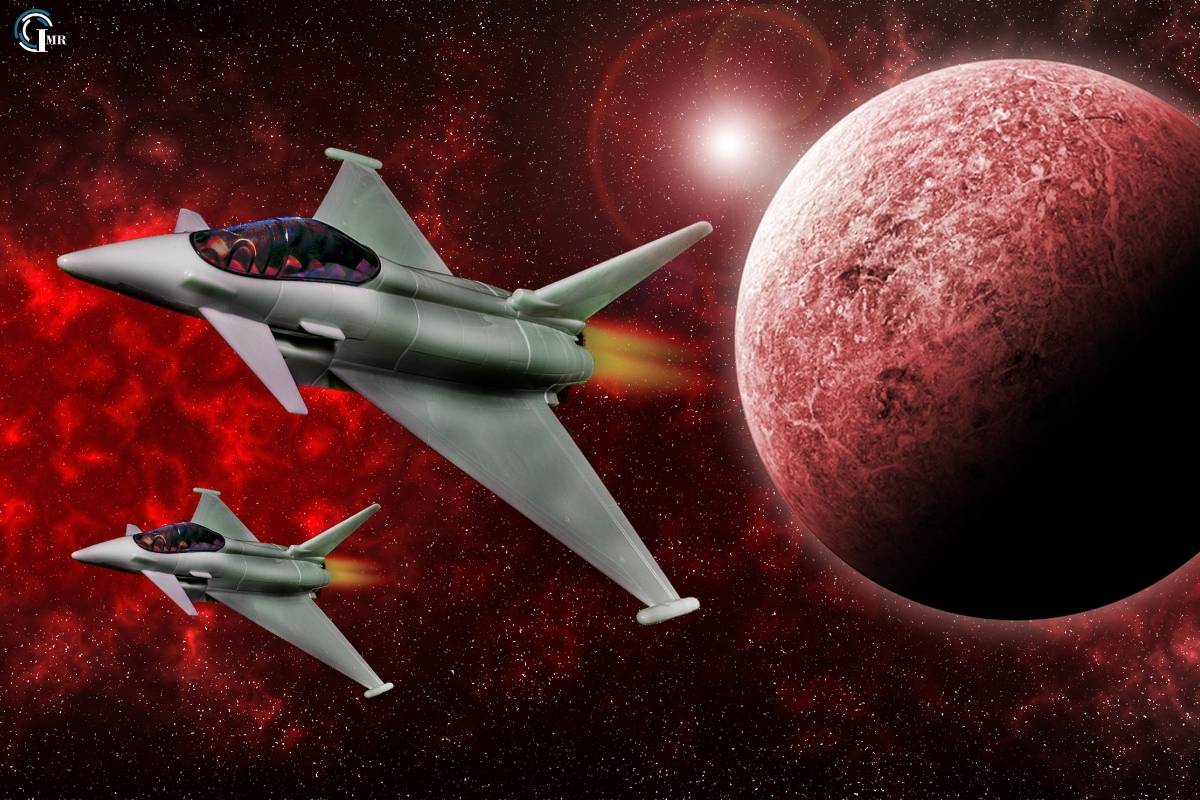
Exo-atmospheric Interceptors: These interceptors target missiles outside the Earth’s atmosphere, often during the mid-course phase of their flight.
Command and Control Systems: Missiles and Missile Defense Systems integrate data from various sensors and tracking systems, coordinating the overall defense response and ensuring efficient communication between different components.
Notable Missile Defense Systems
Several missile defense systems have been developed and deployed worldwide, each with unique capabilities and operational approaches. Some of the most notable systems include:
Patriot Missile System: Developed by the United States, the Patriot system is a versatile air and missile defense system designed to intercept tactical ballistic missiles, cruise missiles, and aircraft. It has been widely deployed and upgraded over the years.
Aegis Ballistic Missile Defense (BMD): This sea-based system, also developed by the United States, uses Aegis-equipped ships to detect, track, and intercept ballistic missiles. It is a key component of the U.S. missile defense strategy, providing both regional and homeland defense capabilities.
Terminal High Altitude Area Defense (THAAD): Another U.S. system, THAAD is designed to intercept short, medium, and intermediate-range ballistic missiles during their terminal phase. It offers high-altitude and high-speed interception capabilities.
S-400 Triumf: Developed by Russia, the S-400 is a long-range air defense system capable of targeting aircraft, UAVs, and ballistic and cruise missiles. It is one of the most advanced air defense systems in the world and has been exported to several countries.
Iron Dome: Developed by Israel, the Iron Dome is a mobile air defense system specifically designed to intercept and destroy short-range rockets and artillery shells. It has been highly effective in protecting Israeli cities from missile attacks.
Strategic Importance and Challenges
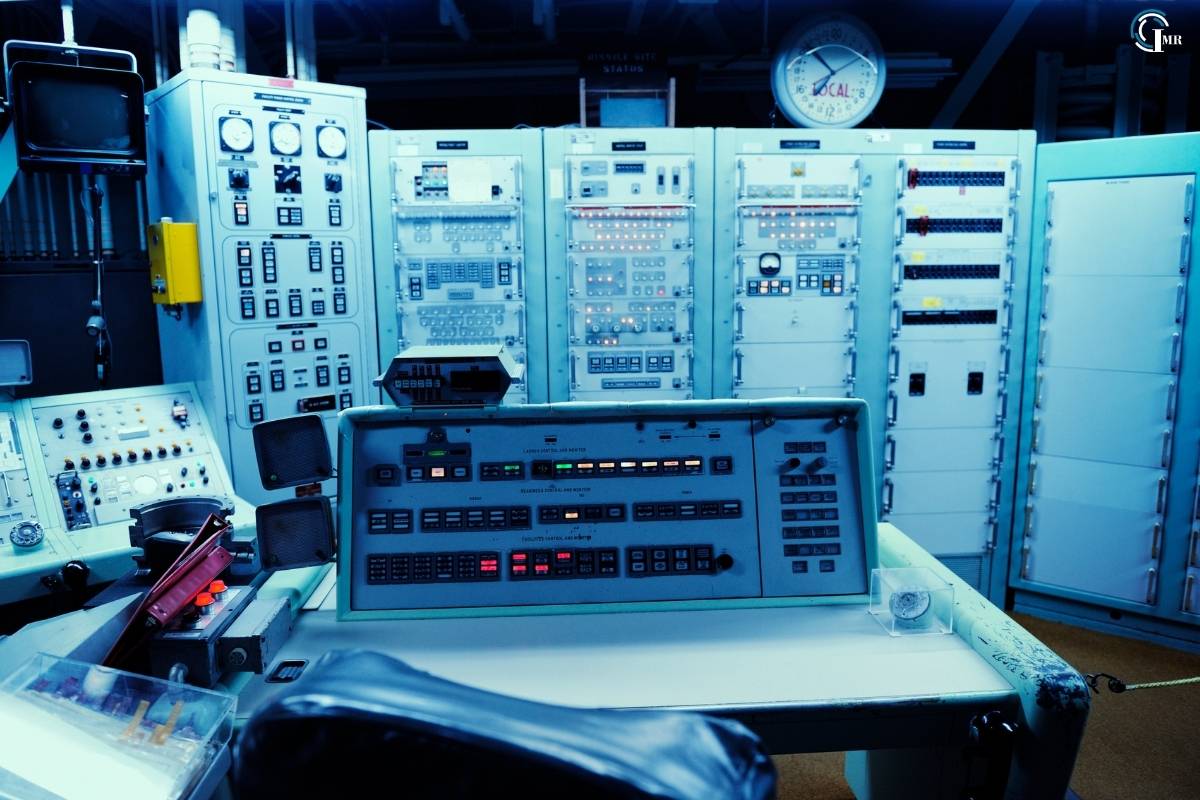
Missiles and Missile Defense Systems play a critical role in national security and military strategy. They provide a deterrent against potential adversaries, protect critical infrastructure and population centers, and contribute to global stability.
However, the development and deployment of these systems are not without challenges. The high cost of research, development, and maintenance can strain national budgets. Additionally, the continuous advancement of missile technology by potential adversaries necessitates constant upgrades and innovations in defense systems.
Moreover, the proliferation of missile technology poses a significant threat to global security. Nations with advanced missile capabilities can project power and influence far beyond their borders, potentially destabilizing regions and provoking arms races.
Conclusion
The evolution of missiles and missile defense systems represents a complex interplay of technological innovation, strategic necessity, and geopolitical considerations. As offensive missile capabilities continue to advance, the importance of robust and effective missile defense systems cannot be overstated. These systems not only protect nations from potential threats but also contribute to maintaining global peace and stability. As technology continues to evolve, the future will likely see even more sophisticated and integrated missile and missile defense systems, shaping the landscape of modern warfare and defense strategies.

